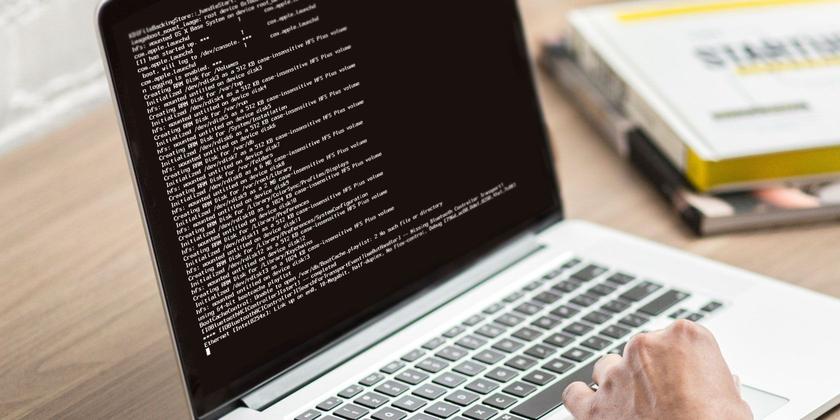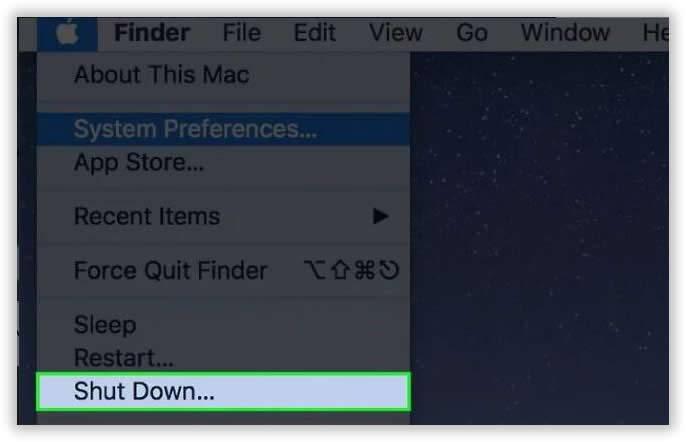
www.makeuseof.com How to Boot Your Mac in Safe Mode
Troubleshooting a Mac can help you sort out many issues that you might be facing. If your Mac is struggling to start up or if you’re encountering boot issues, it might be a good idea to launch your Mac in Safe mode to try to identify and resolve the issues.
Here’s everything you need to know about booting your Mac into Safe mode.
What Is macOS Safe mode?
Apple includes a Safe mode in macOS that is essentially a stripped-down version of the operating system, which can resolve many issues that are stopping your Mac from starting up.
Safe mode boots your Mac without starting any other programs. This can include login items, inessential system extensions, and third-party fonts. As a result, you’ll learn whether it’s an app that’s causing issues or your system as a whole. Launching your Mac in Safe mode also cleans the caches, which can make your Mac run faster.
You’ll have limited functionality while using Safe mode—you might not be able to use many apps, some USB or Thunderbolt peripherals might not available, and your internet access might be limited.
Related: How to Isolate Software or Hardware Issues on Mac
How to Boot Your Mac in Safe Mode
Booting your Mac in Safe mode is quite easy and safe to do. The steps are a bit different for Intel Macs and Apple silicon Macs. We’ve outlined both the processes below.
Follow these steps to Safe boot your Intel Mac:
MAKEUSEOF VIDEO OF THE DAYTo boot up your M1 Mac in Safe mode, follow the steps below:

How to Confirm You’re in Safe Mode
You should automatically see "Safe boot" in red at the top-right of your screen in Safe mode. However, if you’d like to confirm that your Mac has indeed started up in Safe mode, you can use the About this Mac function. To do this:
What to Do in Safe Mode?
Once you’ve launched your Mac in Safe mode, the first step is to see if your Mac loads up correctly. If your Mac wasn’t booting up before, when you started it normally, and it booted in Safe mode, it means there’s an issue with a program or an app (most probably a startup app).
As we mentioned earlier, Safe mode performs certain checks and prevents some software from loading or opening when you start up your Mac. Thus you can usually identify any startup issues that you may be facing. As only essential kernel extensions are loaded (hardware and software drivers), a third-party app may be causing your troubles.
Additionally, system caches are automatically cleaned. This clears up the caches and can speed up your Mac if it’s slowing your system down. Safe mode also forces a directory check of the startup volume, which means that any issues with the hard disk that are interfering with the boot process can be identified.
There’s not much you can do apart from this in Safe mode. As mentioned above, if a problem you’ve been having doesn’t occur when you boot in Safe mode, then it’s most probably related to a problematic kernel extension (perhaps related to faulty hardware) or an app issue. In this scenario, you should try cleaning up your Mac’s startup app list.
How to Edit Your Startup List
Having too many startup programs can slow down your Mac, and extend its boot time. You can change your startup apps from the System Preferences:
Related: How to Add, Remove, and Delay Startup Apps on a Mac
Restoring a Time Machine Backup in Safe Mode
If you still aren’t able to locate or fix the issue, you can try restoring your Mac to a previous backup version using Time Machine. Make sure the version you are restoring your Mac to worked properly.
To restore your Mac using Time Machine backup, connect the external disk (containing the backup) to your Mac and restore it using the Time Machine app.
How to Exit Safe Mode on a Mac
Once you’re done with Safe mode, and you want to return your Mac to its normal state, simply restart your Mac and power it on again as you usually would. Your Mac will boot up normally, provided you’ve solved any boot issues.
If the Issue Still Isn’t Resolved
If your Mac fails to boot up in Safe mode, it’s possible that your Mac startup disk has either a macOS issue or a hardware problem. You can try reinstalling macOS or restoring your Mac from a Time Machine backup using macOS Recovery mode, which might do the trick.
Another tip is to load your Mac in Verbose mode. Verbose mode loads everything on your Mac but describes what it’s doing during the process. It looks similar to the Terminal interface, but the benefit is that you can see exactly what process is causing your boot problems. To launch your Mac into Verbose mode, simply press Cmd + V as your Mac boots. You’ll see the Terminal messages appear during the startup process.
Related: A Quick Guide to macOS Boot Modes and Startup Key Combinations
Taking Your Mac in for a Checkup
If an issue arises that you’re unsure of, rectifying the problem might be a bit advanced for the average user. In such a case, we’d advise taking your Mac to an Apple Store or an Apple Authorized Service Provider for a checkup. The technicians there should help identify the problem and will hopefully be able to fix it for you.
Mac Won't Boot or Start? How to Fix Issues With a Mac Not Turning On Read NextShareTweetShareEmail Related TopicsAbout The AuthorShujaa Imran(69 Articles Published)Shujaa Imran is a die-hard Apple user and loves helping out others with their macOS and iOS-related issues. Apart from this, he's also a cadet pilot, aspiring to become a commercial pilot one day.
MoreFrom Shujaa ImranJoin our newsletter for tech tips, reviews, free ebooks, and exclusive deals!
}})